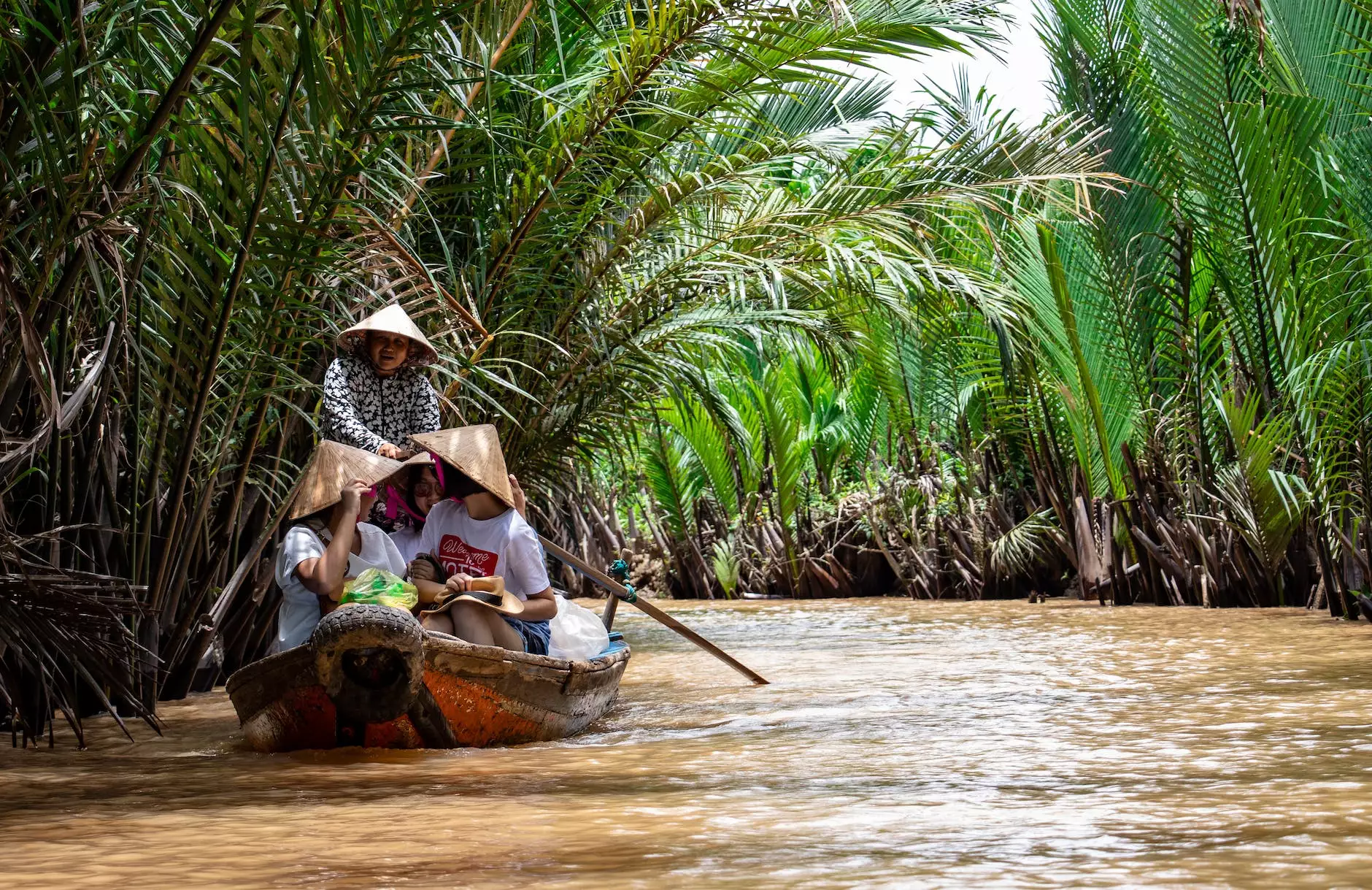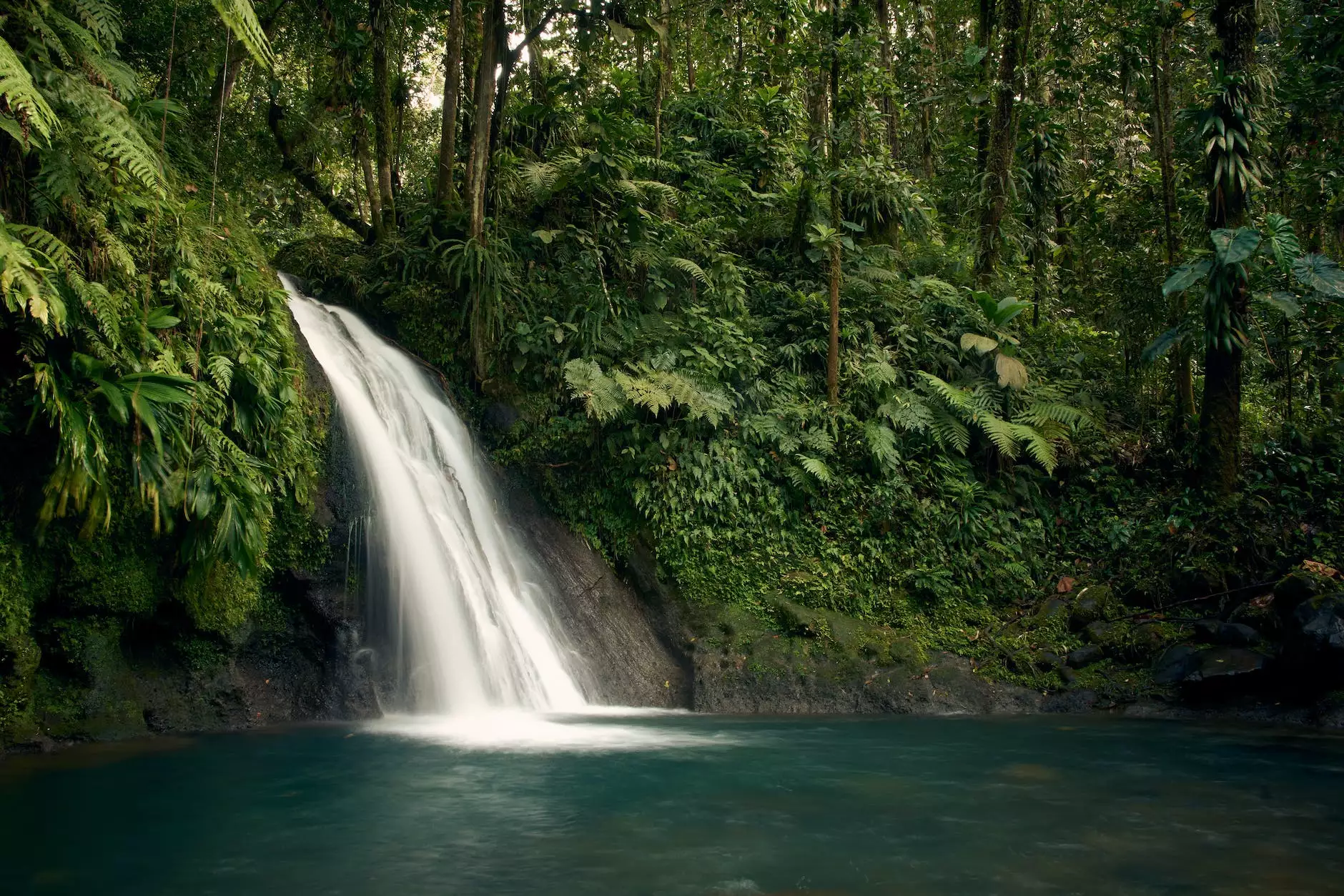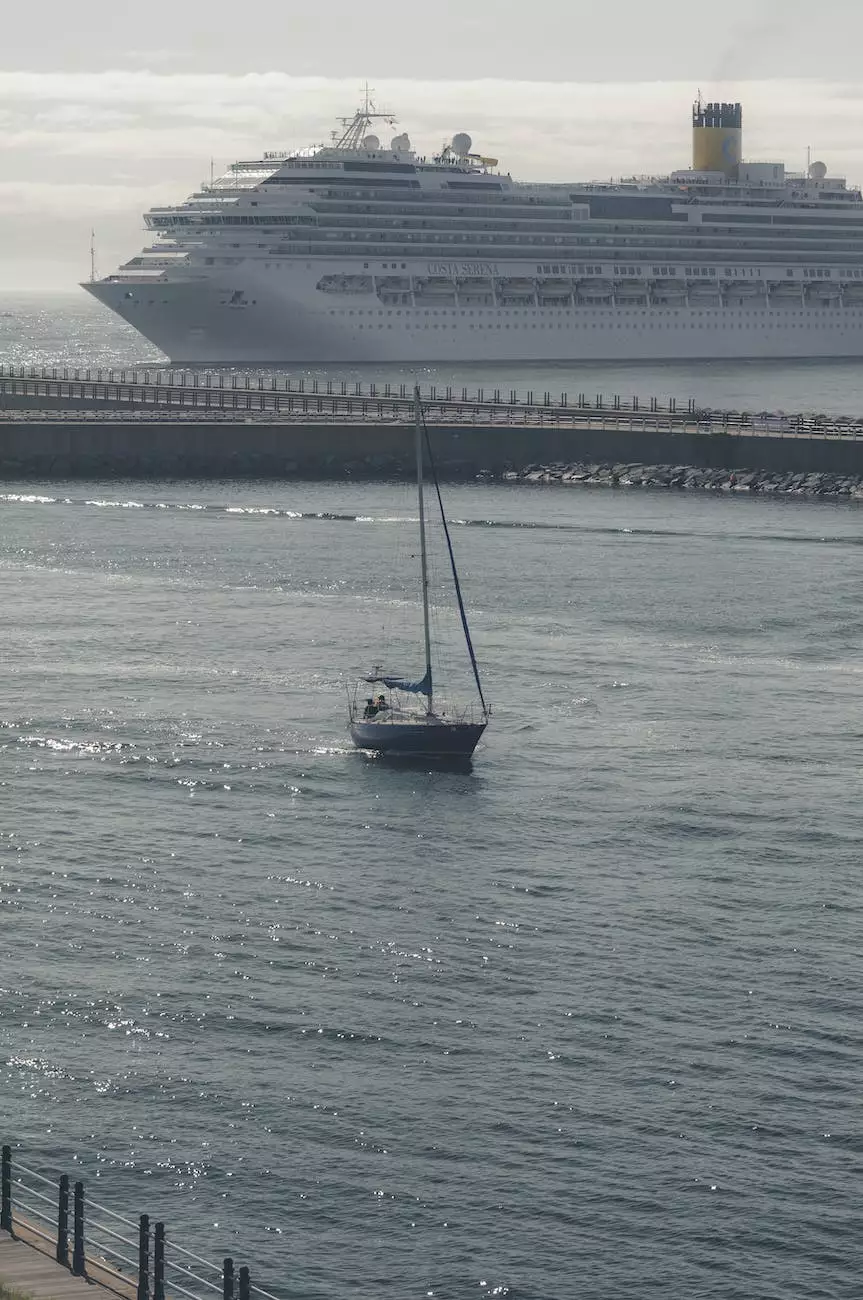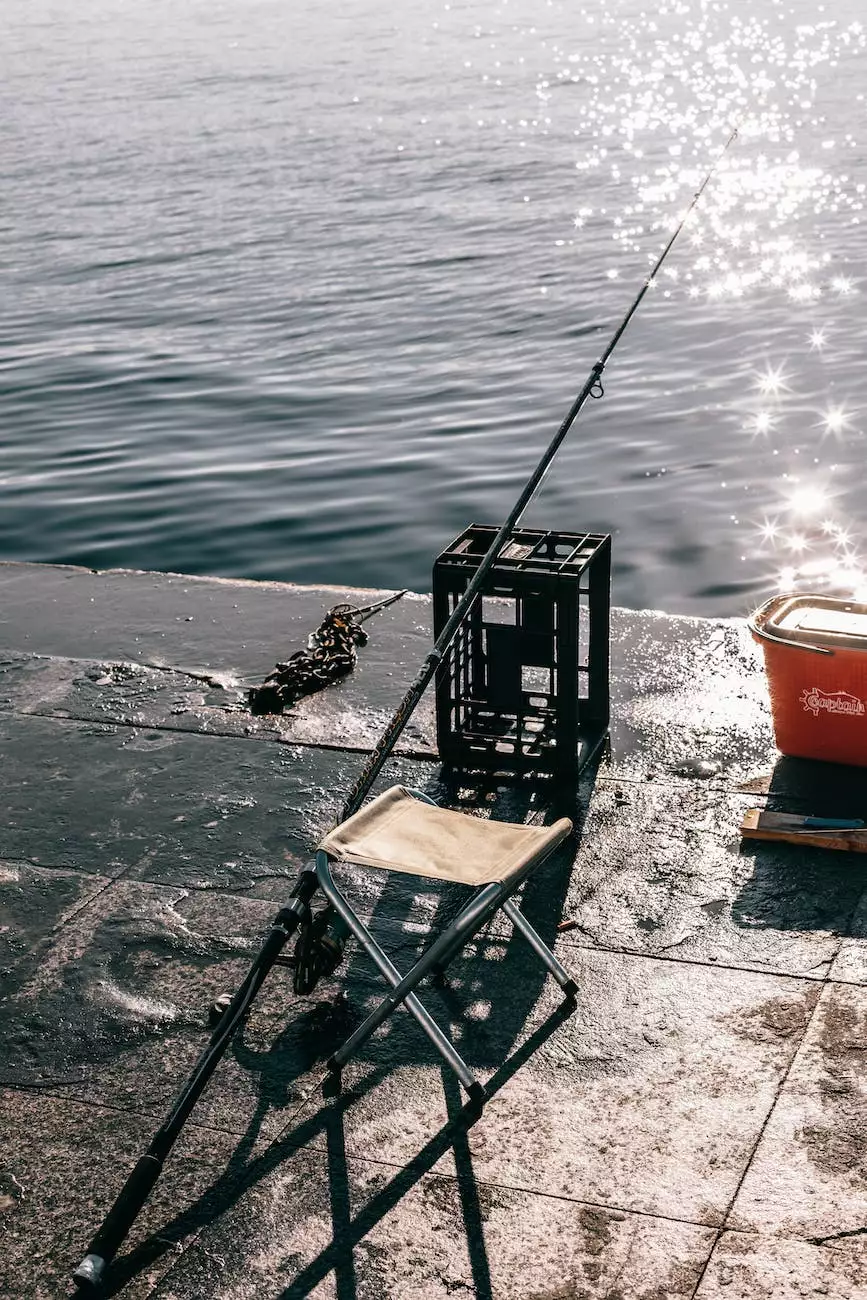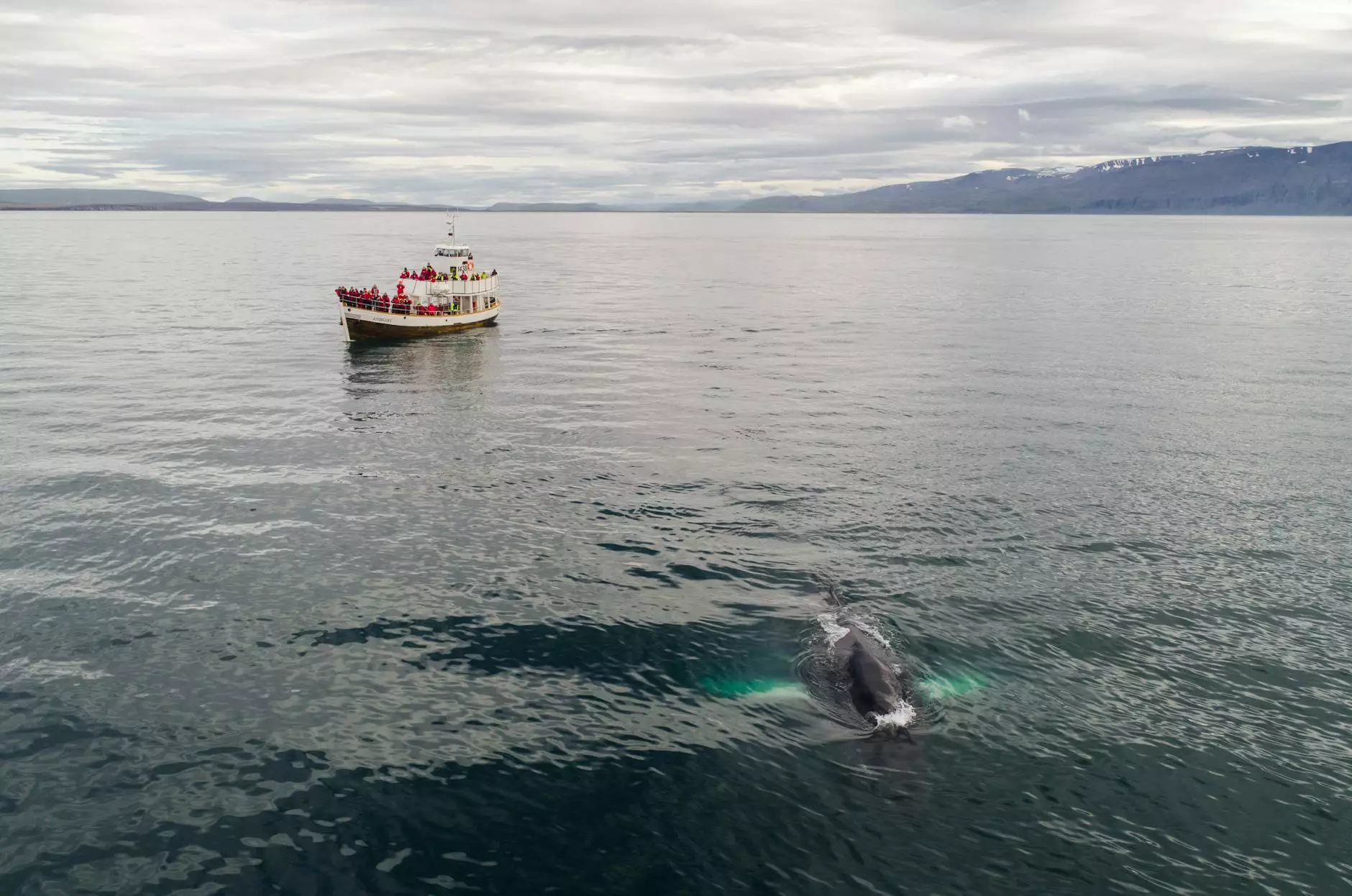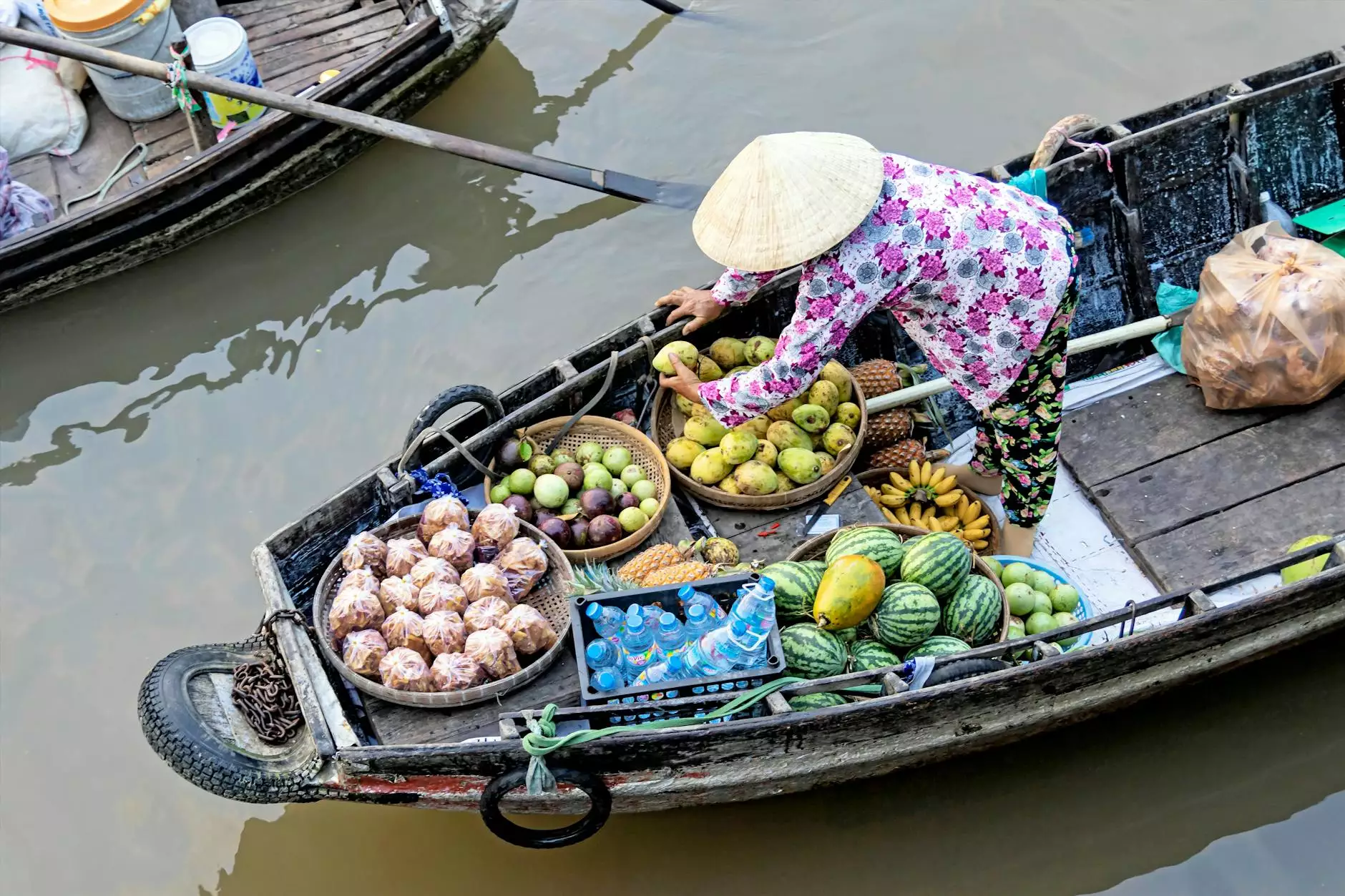How El Niño Affects The Galapagos Islands

Welcome to Aventuras Naturales, your go-to source for exceptional Galapagos Islands travel and tourism experiences. In this guide, we will delve into the fascinating topic of how El Niño impacts the biodiversity, ecosystems, and weather patterns of this unique archipelago.
What is El Niño?
El Niño refers to a climatic phenomenon characterized by the warming of the Pacific Ocean near the equator, which in turn affects global weather patterns. The Galapagos Islands, located in the eastern Pacific Ocean, are particularly susceptible to the effects of El Niño due to their geographical positioning.
El Niño's Impact on Biodiversity
The Galapagos Islands boast unparalleled biodiversity, with numerous unique species that have evolved in isolation. El Niño events disrupt these delicate ecosystems, causing both short-term and long-term effects.
During El Niño, the marine food chain is significantly altered. The warm oceanic currents disrupt the nutrient-rich waters, leading to a decline in the abundance of plankton. This, in turn, affects the availability of food for fish, marine mammals, and seabirds. As a result, certain species may experience population declines or even face extinction.
Furthermore, El Niño affects the breeding patterns of various species. Marine iguanas, for example, rely on the cold waters of the upwelling currents to provide an abundant food supply for their young. When El Niño occurs, these currents weaken, causing a decline in available food and ultimately impacting the survival rates of marine iguana offspring.
Similarly, El Niño can disrupt nesting habits of sea turtles and seabirds. Changes in ocean temperature and food availability can lead to decreased hatching success rates and reproductive failure, posing a threat to the long-term survival of these species.
El Niño's Impact on Weather Patterns
El Niño has a significant influence on the weather patterns of the Galapagos Islands. During El Niño, the islands experience warmer and wetter conditions, with increased rainfall and higher temperatures.
This change in weather patterns can have both positive and negative effects. The increased rainfall can be beneficial for certain flora, promoting growth and providing additional resources for the island's unique plant species. On the other hand, the excessive rainfall can cause erosion and soil instability, impacting the overall ecosystem balance.
Moreover, the warmer temperatures associated with El Niño can lead to coral bleaching in the surrounding waters. Coral reefs, which support a vast array of marine life, can suffer irreversible damage when exposed to prolonged high temperatures.
Planning Your Galapagos Islands Adventure with Aventuras Naturales
At Aventuras Naturales, we understand the importance of experiencing the Galapagos Islands while prioritizing their conservation and protection. Our expert guides are well-versed in the impact of El Niño on the archipelago and use their knowledge to provide unforgettable and sustainable travel experiences.
When planning your Galapagos Islands adventure, consider the potential influence of El Niño and the seasonal variations it may bring. Our team is here to guide you through the best times to visit, ensuring you witness the pristine beauty of this untouched paradise.
Choose from our range of meticulously crafted tours that allow you to explore the Galapagos Islands' incredible wildlife, breathtaking landscapes, and unique geological formations. Immerse yourself in this living laboratory of evolution and be captivated by the wonders it has to offer.
Book your Galapagos Islands adventure with Aventuras Naturales today and embark on a journey that combines awe-inspiring encounters with the utmost respect for nature. Let us be your gateway to the extraordinary.

